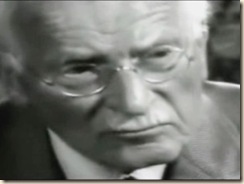Structural Organization of the Socion
Structural Organization of Socion Socion is the most complex communicative object of all that socionics explores. Socion is not a monolithic structure, it is a moving whole, which at different times and in different situations has a different organization. However, this statement does not mean that among all the diverse states of socion there are no preferred, more precisely, energetically more favorable in the long term. In any case, the organizational chart of socion has two parts - energy and information. Any socionic object, both individual and collective, is subject to the laws of energy-informational exchange. Moreover, in some socionic groups the energy principle prevails, in others - the informational one. In each of the groups, types are arranged according to their group roles. To do this, you need to figure out which type will be the first number - the leader of the group, making the main decisions, who the second number - the implementer of the program, who will

